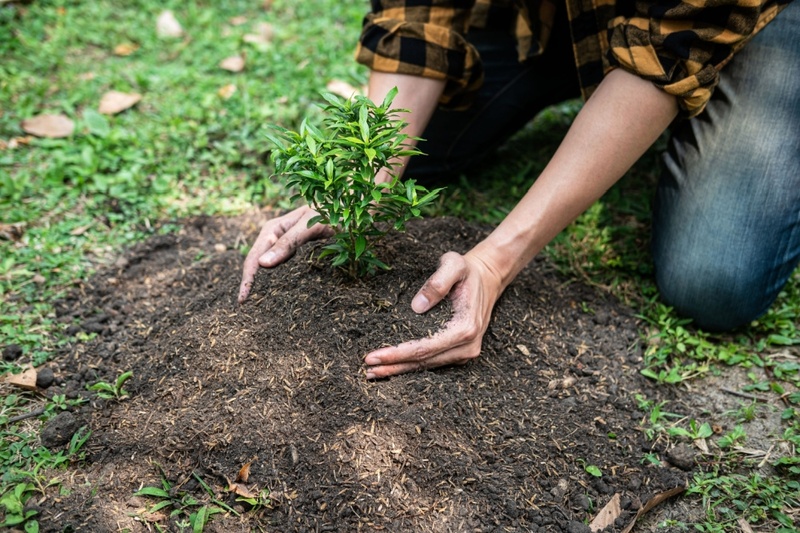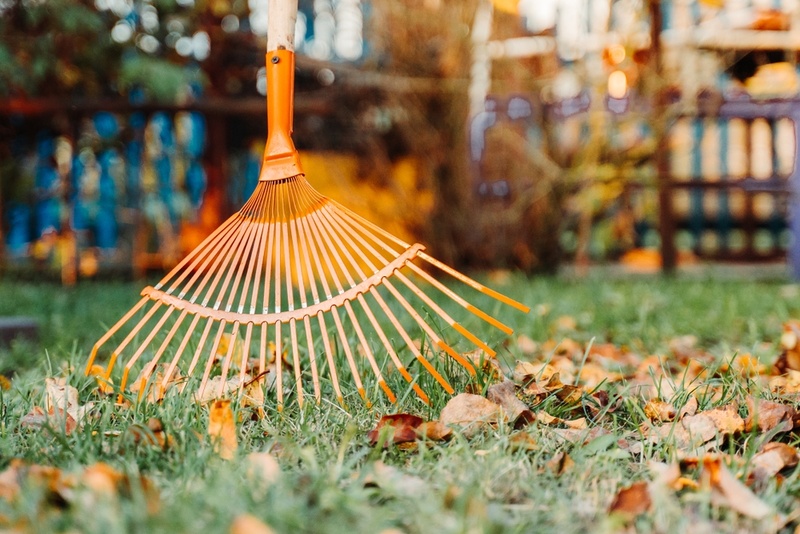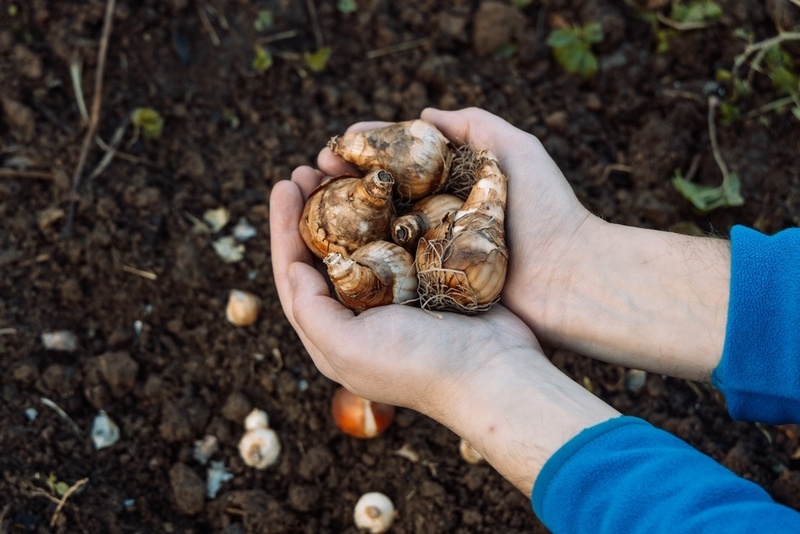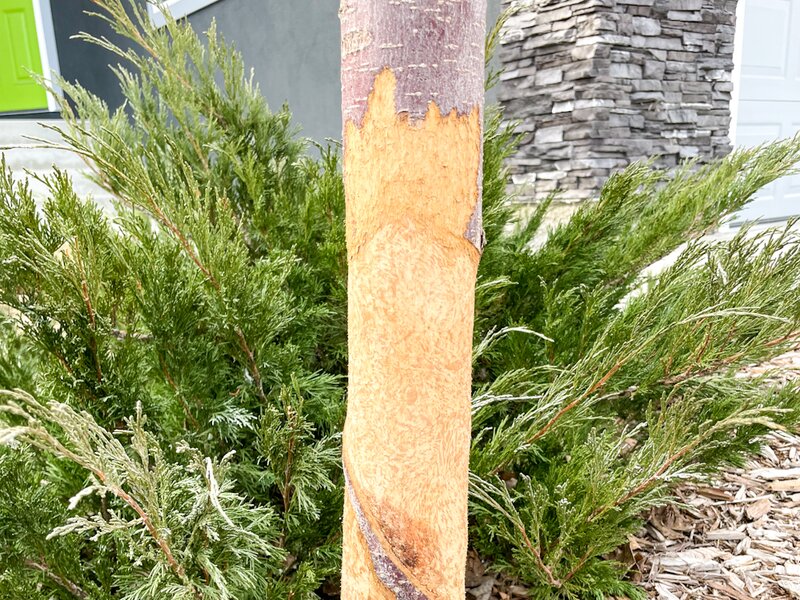
Over the winter months food is scarce, and animals will damage tree bark, often eating significant portions of young trees.
A variety of animals that could potentially be responsible for eating the bark off your tree. Here are a few possible culprits:
-
Deer: In areas where deer populations are high, they may strip the bark off trees, especially during the winter when food sources are scarce.
-
Rodents: Squirrels, mice, voles, and rabbits are known to gnaw on tree bark, which can cause significant damage to the tree.
-
Insects: Certain insects, such as bark beetles or borers, can burrow into the bark of a tree and cause significant damage.
-
Woodpeckers: Woodpeckers are known to peck at trees in search of insects, which can cause damage to the bark.
The bark of a tree protects it from environmental stressors, such as pests, diseases, and physical damage. It also serves as a barrier to prevent excessive water loss and to transport nutrients and water from the roots to the leaves. Additionally, the cambium layer located beneath the bark is responsible for producing new growth, such as leaves and branches.
If a tree were to lose its bark, it would be vulnerable to a host of problems, including insect infestations, disease, and excessive water loss. It would also be unable to transport nutrients and water effectively, which would severely limit its ability to grow and survive.
Therefore, while it may be possible for a tree to survive for a short time without bark, it would not be able to survive in the long term.
If a tree has lost an entire circle of bark around the entire trunk of the tree, unfortunately the tree will not survive past the summer months and will need to be removed and/or replaced.
If a tree has lost only some of its bark, it can be a serious issue that requires attention. Here are some steps you can take to potentially help the tree recover:
-
Keep the tree hydrated: Water the tree regularly to ensure it stays hydrated. Adequate water can help the tree recover from the stress of losing bark.
-
Protect the exposed area: Apply a layer of wound dressing or wrap the exposed area of the trunk to help protect the tree from further damage and to prevent pests from entering the tree.
-
Monitor the tree: Keep an eye on the tree to watch for signs of stress or disease. If you notice any issues, consult a certified arborist or tree care professional for advice on how to address them.
-
Provide additional nutrients: Fertilize the tree with a balanced fertilizer to provide it with the necessary nutrients to help it recover.
Damage to tree bark typically occurs over the winter months when animals’ food sources are scarce. Prevention of damage to tree bark include:
-
Chicken wire Circled around the tree will limit animal’s abilities to reach the tree trunk
-
A Tree Guard on the tree trunk to ensure the trunk is inaccessible for snacking
-
PlantSkydd is a product that acts as a repellant when sprayed on a tree with (however this product must be applied when temperatures are above freezing)
-
Ensure all methods of protection account for not only the height of the animal of concern, but also the eventual height of the snow accumulation
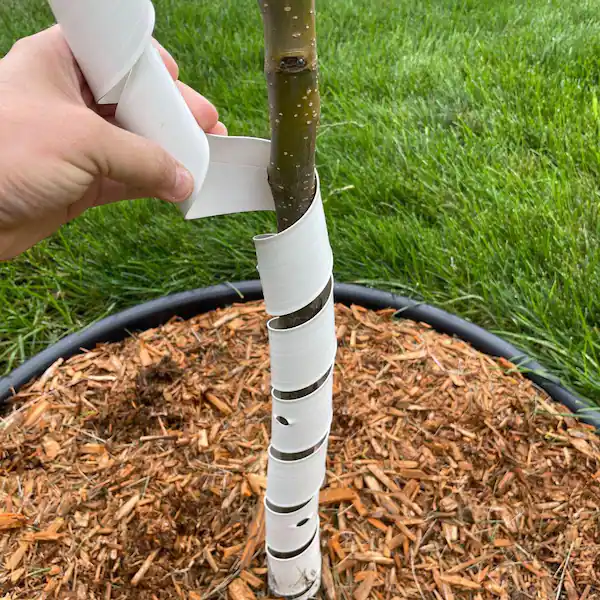
If you have any more questions about winter damage to your trees and shrubs, please visit us at Lacoste, we'd be happy to advise you!

